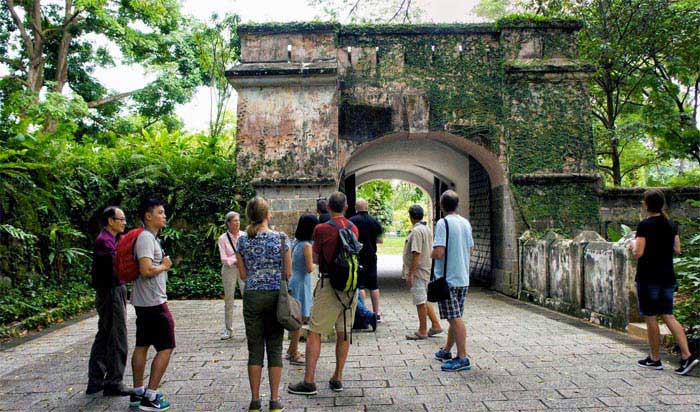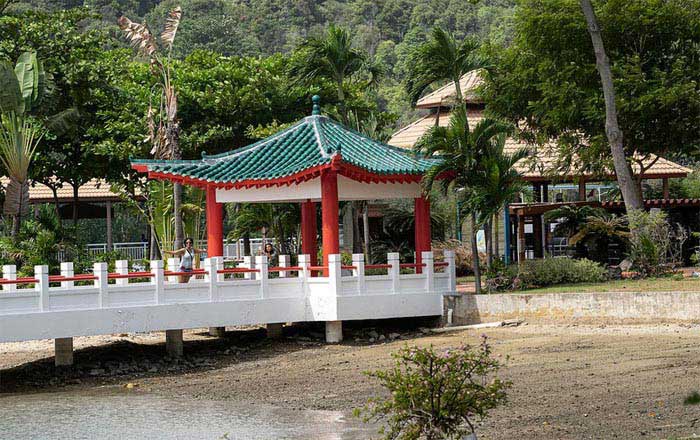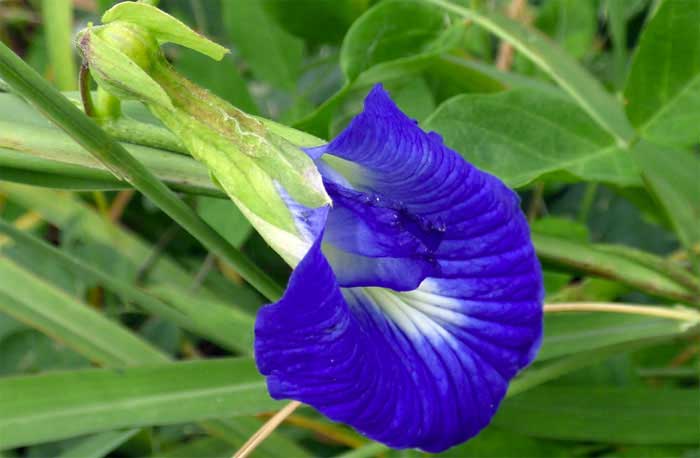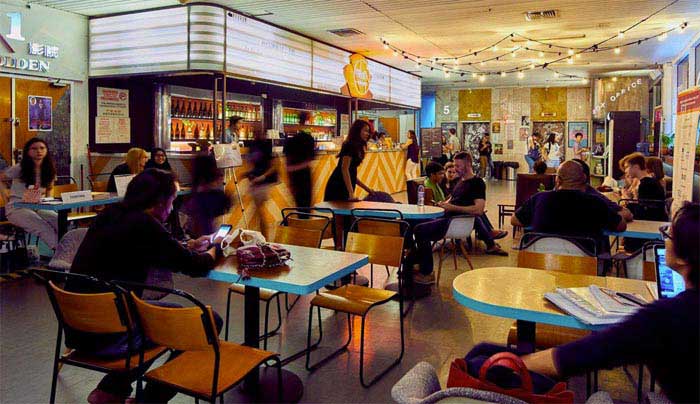During World War II, the fall of Singapore and Malaya and the subsequent Japanese Occupation that followed, from 1942-45, was one of the most significant periods in Singapore's past. To make sure the sacrifices made in this time are not forgotten, these museums and sites commemorate the people that fought bravely and lived through this dark time in Singapore's past.
The Battle Box
Hidden in Fort Canning Park, the Battle Box (in photo) is a preserved World War II bunker which tells the story of the last days leading to the fall of Singapore and Malaya to the Japanese. Book into one of their hour-long tours, A Story of Strategy and Surrender, to explore the underground command centre and its role in WWII. It was here that the decision to surrender was made, and guides explain the events that led up to this momentous decision, while showing you around both genuine and replica rooms that the military worked in. For a more extensive insight, attend the Of Graves, Guns and Battles tour, which includes a guided walk around Fort Canning Hill and educates you on its significance during this tumultuous period of Singapore's history.
Changi Chapel and Museum
Considered by many to be the most iconic of World War II sites in Singapore, Changi Chapel and Museum tells the story of the prisoners of war who lived in this area. The infamous POW camp located here is remembered through archival displays, documents and an audio tour, where you learn about the dark stories of life here through first hand testimonies. Don't miss the collection of paintings and sketches by William Haxworth and Mary Angela Bateman, which bring to life the daily routines of internees at the prison, and the replica of the stunning Changi Murals, originally painted by POW Stanley Warren during his time here. After exploring the exhibition, take time for silent reflection at the beautiful chapel.
Fort Siloso
Located on Sentosa, Fort Siloso preserves a former fort which was used by the British during World War II during their defence against the Japanese, and was built in the late 19th century to protect the busy port of Singapore from any possible threats of sea invasion. This free museum guides you around the only remaining coastal fort on the island, and is home to memorabilia such as coastal guns and the remains of military structures and tunnels. The Fort Siloso Skywalk is the best place to start your visit, a treetop trail high above the ground. After this, wander around the Heritage Trail or the Gun Trail, which each provide important insights into this period of Singapore's history. Make sure you visit the Surrender Chambers, an immersive exhibition which uses light, sound and film to bring the story of the Japanese invasion to life.
Former Ford Factory
The historic Former Ford Factory is the place where the British surrendered unconditionally to the Japanese in 1942. Take time to explore the permanent World War II exhibition here, Surviving the Japanese Occupation: War and its Legacies. Run by the National Archives, this exhibition uses oral, archival and published accounts to show the diverse experiences of Singaporeans during this time. You can also explore the museum by booking onto a tour, where you can hear even more detailed stories behind the rich collections on display.
Reflections at Bukit Chandu
Focusing on the bravery of the Malay Regiment during World War II, Reflections at Bukit Chandu commemorates their defence of Singapore at the Battle of Pasir Panjang. Vastly outnumbered, the 1,400 soldiers made a last, deeply courageous stand against the 13,000 strong Japanese army approaching them. Housed in a colonial bungalow close to the battle site, this National Archives-run exhibit uses its wealth of material to highlight their story. The centre is also connected to the bucolic Kent Ridge Park, which you can reach over a canopy walkway.
Civilian War Memorial
Dedicated to the civilians who died during the Japanese Occupation, 1942-45, this striking architectural structure is housed in its namesake War Memorial Park, on Beach Road. The structure is a tall pyramid with each of the four sides representing one of the official races of Singapore who suffered during this dark time. Every year on the 15th February, on Total Defence Day (the day that Singapore surrendered to the Japanese,) a ceremony is held here to honour and remember those who lost their lives.




